What is ringworm, how you get it and how to treat it naturally
In the world of rashes, ringworm is an annoying, itchy, hard to get rid of pain in the….well, skin. The name “ring worm” is a bit misleading because it has nothing to do with parasites or worms. Actually ringworm is a fungal infection. It’s called “ring worm” because of the way the fungus can grow on the skin. This contagious fungus most commonly starts as a round patch of itchy skin, then heals in the center and grow outward, creating a ring-like appearance on the skin.
All information in this article is for educational purposes only.
It is not for the diagnosis, treatment, prescription or cure of any disease or health condition.

Above is an example of ringworm rash that does NOT have the classic ring-like appearance
Especially in the last few years, I’ve seen more and more cases of ringworm. Quite a few times the person complained of a fire itchy red rash on the skin with raised bumps, went to doctors and was given anti-fungal creams and/or pills. When the treatment didn’t work they naturally assumed that it wasn’t ringworm. In some cases this was actually true and when the person started working with me, I was able to determine a food additive intolerance causing the flares, inflammation and reactions on the skin. However, in a few cases it was actually ringworm and the fungus just did not respond to traditional anti-fungal medications.
What I’ve learned is this:
1. Ring worm does not always grow in a ring-like pattern, especially in small crooks like under the arms, between the legs (jock itch), behind the knees and in the scalp;
2. It doesn’t always spread from person to person in the house;
3. It can go up and down in its intensity throughout the year with heat, humidity and exposure and
4. If you don’t take the right steps at home, you can continually re-infect yourself. This can really create confusion and a delay in treatment because the person can be labeled with psoriasis, dermatitis or eczema instead.
If this sounds like something you’ve been through and you’re still trying to find the cause of your itchy and uncomfortable rash, try my easy and natural remedy for treating ringworm at home. And yes, it really works!
What is Ringworm?
Ringworm is a fungal infection. The technical name for it is “tinea.” Althete’s foot is tinea pedis. Jock itch is tinea cruris. Ringworm on the skin of the body is called tinea corporis. All of these are the same thing – a contagious fungal infection. Symptoms of ringworm include red bumps or scales on the skin, itching, rashes and on the scalp there can sometimes be patches of hair loss.
How do you get Ringworm?
Since ringworm is a fungus, it loves warm, moist environments. Yep, a real reason to wear shoes when walking through a locker room or outside a public swimming pool. Children can easily pass it to each other through hair or skin contact. Sharing combs, razors or clothing can pass ringworm between people. I’ve seen people get ringworm on their skin from their partner who has toenail fungus. Wearing the same gym clothes more than once is another way to get ringworm. Shaving legs and underarms is a sure way to spread ringworm further on the body.
Most commonly, I’ve seen people get ringworm from their pets – both dogs and cats – and more commonly when they adopt the pet from an animal shelter. Usually the person in the house who will get ringworm from a pet is the person who cuddles and pets the animal the most. Dogs and cats will usually have ringworm under their legs in the “armpit” area or on the feet. If you see your dog licking its paws a lot and if there are some patches of hair loss on the paws with red skin underneath, it may be ringworm. The dog licks its paws and then licks you…and presto, a new host for the fungus is born.
Once a person has ringworm, it can live in their clothing, towels and sheets and continually re-infect the person. Ringworm on the scalp can get on the pillow sheet and re-infect the skin night after night. On the torso, it can re-infect someone is they wear the same shirt or bra without washing it in between each use. And bath towels, especially if they don’t dry entirely between use, are a warm wet haven for ringworm. In some cases, the anti-fungal creams may actually work temporarily, but because the ringworm fungus is still in the house, the rash never fully goes away.
Ringworm can grow more on a person who is more over acid in pH. Staying alkaline in your diet by eating more fresh fruits and veggies helps create an environment that ringworm will naturally avoid. If one person in the house is going through more stress for any reason, that can create an acidic pH in the blood. That person will be the one who gets a ringworm infection, while the other household members are fine. Reducing stress and eating an alkaline diet help greatly to prevent and avoid ringworm.
The Secret to Treating Ringworm
The most important things to have for successfully treating ringworm are: consistency and patience. You must be consistent in applying treatment every single day and keep your skin free from potential sources of re-infection. Then, be patient. Ringworm should slowly get better, but the key word is “slowly,” because it does take a bit of time to get rid of it entirely. In spring/summer months or in warmer climates, it can take a few months to see the rash fully cleared, although it should be getting consistently better day by day. In the last few months you may just have a one or two red bumps left….but this is the most important time to remain consistent in treatment so you get rid of it ALL once and for all.
How to Treat Ringworm
In my experience, the most successful naturally remedy for treating ringworm is a 3-step daily regimen:
- Shower daily (yes this step is very important). Do NOT go 2 days or more without showering, whenever possible. Shower every single day.
- After showering and drying with a clean/dry towel, use a cotton ball to apply organic raw apple cider vinegar (acv) topically to the skin. Only apply where you have a rash, NOT to the whole body. Note: Do NOT apply acv to the genital area. Discard the cotton ball after each use.
- After the acv has dried, apply organic castor oil topically to the area where you have the rash. If you have a fungal infection in the genital area, you may apply the castor oil there after showering, but skip Step #2 and do NOT apply the raw apple cider vinegar. Wash and dry your hands after applying the castor oil.
If you are feeling itchy later in the day or before bed, you can apply another round of organic raw apple cider vinegar then organic castor oil to the affected areas before bed. You do not need to take another shower at that time.
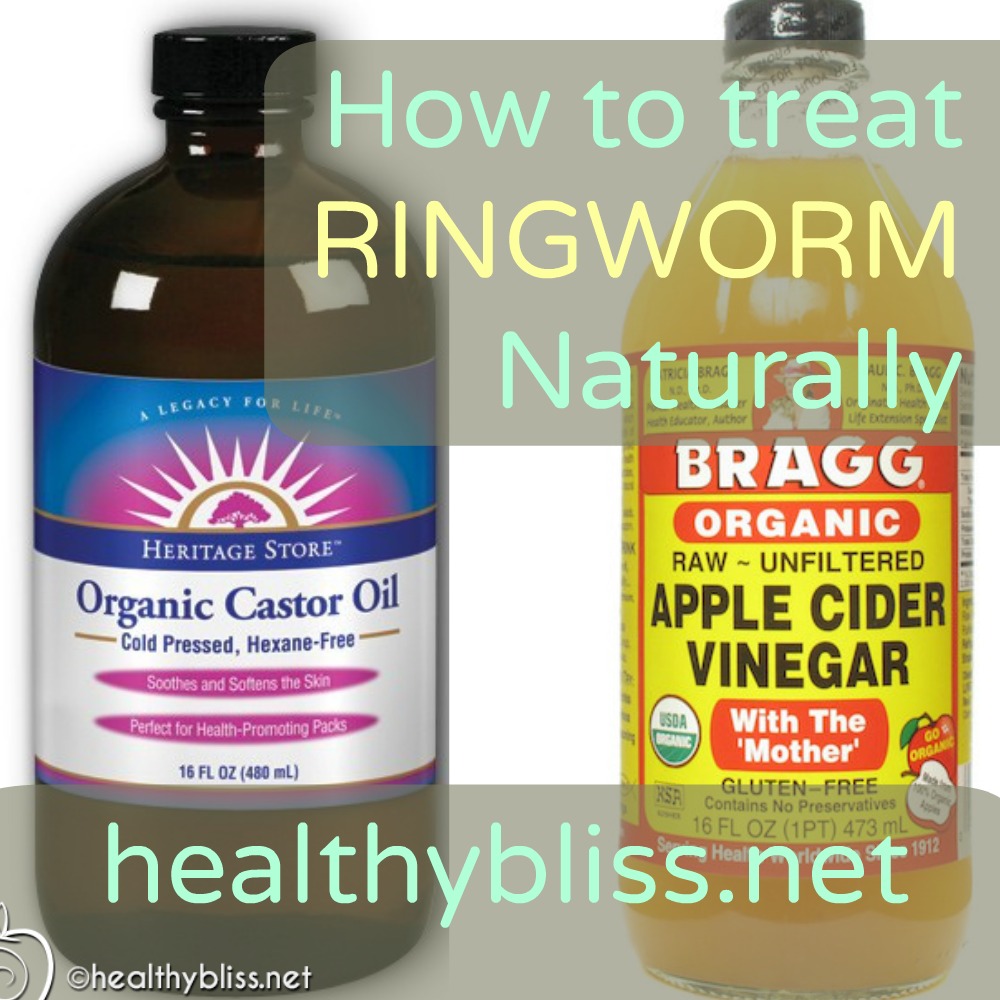
Remember: Consistency and Patience
Raw apple cider vinegar is naturally anti-fungal and anti-bacterial. White vinegar does NOT have the same effect. Do NOT use white vinegar as a replacement to organic raw apple cider vinegar.
Castor oil has amazing anti-fungal and anti-bacterial properties as well and is known to be an “old-school cure” for treating ringworm and fungal infections. Neither olive oil, coconut oil, avocado oil, hemp oil or flax oil have the same effect as castor oil for eliminating ringworm. Do NOT use another oil as a replacement to organic castor oil for this treatment.
Very Important to Also Follow These Steps
While applying your daily natural treatment for ringworm, you should also adhere to the following to avoid re-infection at home:
- Wherever you have the ringworm rash, be sure to only wear clothing on that area one time before washing. If you have Althete’s foot, wear you socks only once before washing and do not wear dirty socks. If you have a rash under your arms, then wear your bra and/or shirt only once and wash your shirt and/or bra after every use. Same for nightgowns, robes, shirts, pants and gym clothes for wherever you have the rash.
- You don’t have to wash your clothes in hot water, at least in my experience. Warm water seems to work fine. Ideally, you should hang your wet clothes outside on a washing line in the sun to dry. If you are using a clothes dryer, then make sure the clothes are totally dry, in other words don’t let them sit half dry or wet in the dryer overnight.
- As much as possible, choose natural fibers in your clothes – such as cotton – and avoid artificial fibers that don’t breathe like polyester and nylon.
- Wash and dry your bath towel after every use. Especially if the rash is really active and alive. Over time, as the fungus heals, you can go 2 days with the same towel but only if the towel is dried fully after each use. Do NOT use a wet towel hanging on a towel rack from the day before.
- If you have a rash on your scalp, then place a clean towel on your pillow every night and replace the towel with a clean one in the morning. You could also put a clean pillowcase on the pillow every morning.
- Wash your bed sheets regularly. Aim for 2 times per week during this time. If you have a duvet cover on your duvet, then you also need to replace that with a clean one twice per week.
- Wash your hands with soap after petting animals in the house, every. single. time.
- If your pets have pet beds, then you want to wash the covers on their beds once a week during this time.
- If possible (and especially if it’s summer), try to expose the rash to 20-25 minutes of sunlight every day. The UV rays in the sun are great for killing fungus. Avoid the times of direct sun between 11am – 1pm. This is especially helpful if your rash is under the arms or under the scalp, in areas that are not normally or easily exposed to sunlight. Usually these areas are most difficult in treating ringworm for that reason!
- Finally, an important point if your rash is under the arms or on the legs – either 1) do not shave while the rash is active and alive or 2) if you do shave, use a new razor or razor blade every single time and discard after use. Do NOT share razors with anyone during this time. Also, keep your finger nails cut short to prevent any fungus from harboring under the nails after scratching.
Follow up to Treating Ringworm
After you’ve successfully treated your ringworm (yeah!!), it’s always good to follow up with some natural immune boosting remedies. In my experience, going an an anti-candida diet or herbal anti-fungal program does NOT help to cure ringworm. Your skin is just one of 5 elimination organs, and when one of the organs is weak, all the other ones have to do more work. You may need some liver detox or colon cleanse to get your body and elimination organs back into a healthy alkaline balance. Additionally, you may have some mineral deficiencies that need to be addressed with the right foods in your diet. For that, I recommend that you book a Skype health & nutrition consult. I can then give you more personalized professional advice to get you back to an excellent state of health. I’m in EST/GMT-4 for any time difference, but not to worry as I currently see clients all over the world.







Good luck and many blessing to your health!
For more on how to achieve your health goals and actually start feeling great, book a private health consult with me via Skype.
How to Book Your Health & Nutritional Coaching Session:
1. Take photos of your eyes with a smart phone or digital camera.
2. Email the photos to me for approval for Iridology Analysis.
3. We schedule a time to meet via phone or Skype!
More on Detox:
- Sea Salt with Chemical Additives?! Check for E535 & E536 Yellow Prussiate of Soda (YPS)
- After Your Detox: How to Eat, What to Do
- Do you need to eat 100% raw food for success? How much raw food is best?
- Warnings when doing a Water Fast & Managing Hunger
- Rasayana Raw Food Vegan Restaurant in Bangkok, Thailand – Yum!
More on Skin Cleansing:
- 10 Detox Tips
- Top 5 Tips on How to Recover from Jet Lag & Travel
- Raw Detox Salad Recipe
- Recipe for Raw Food Detox Salad: Cucumber & Onion with Tangy Dressing
- Stop Premature Aging: Take this Anti-Aging Quiz and Mirror Test Now!
More on Liver Cleansing:



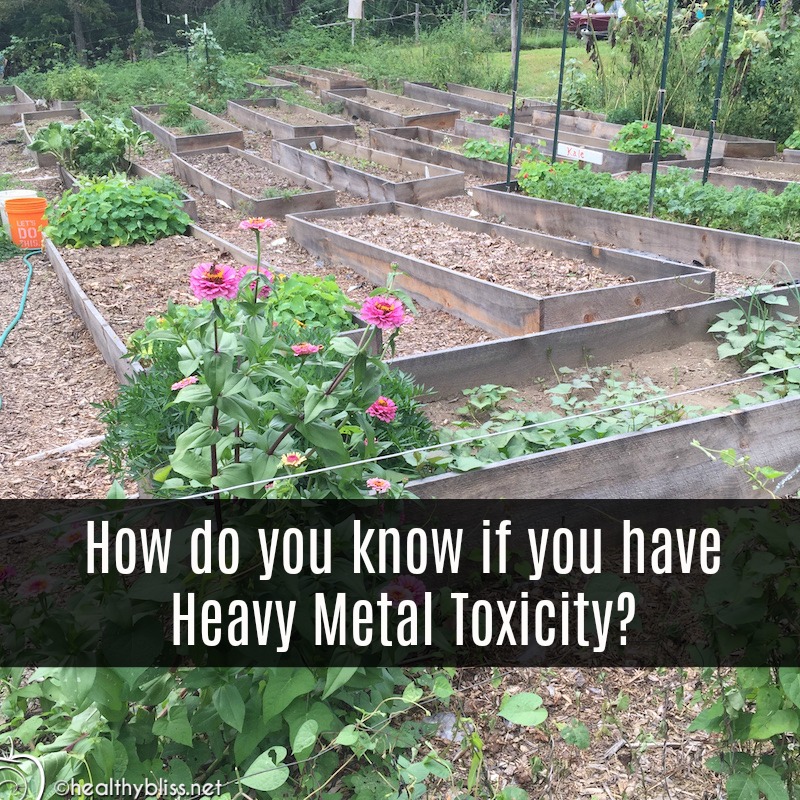
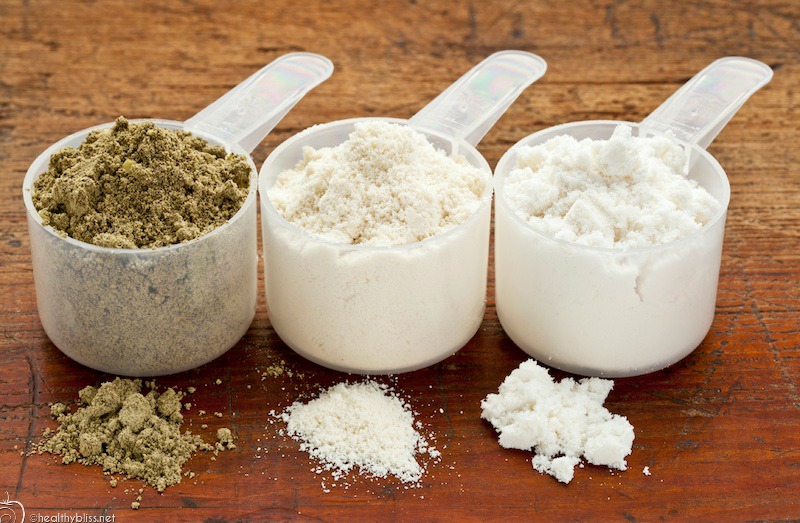








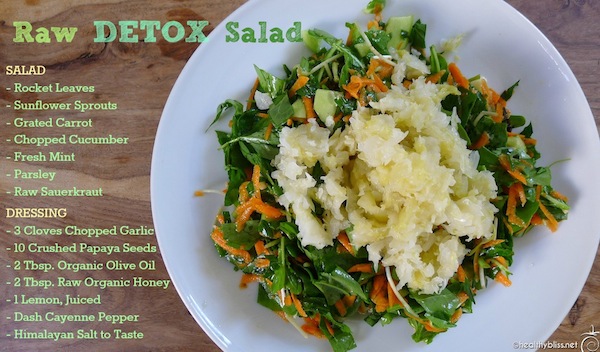
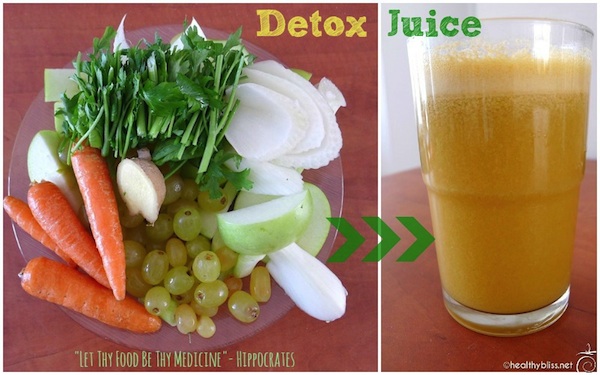
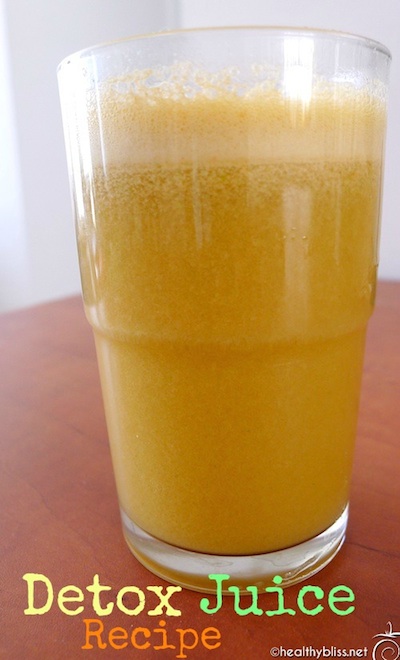
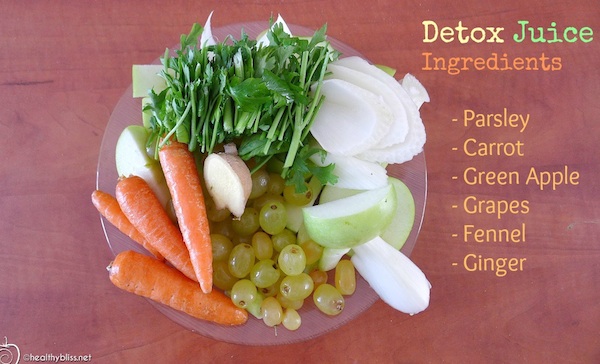


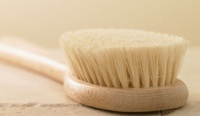






Follow Jennifer